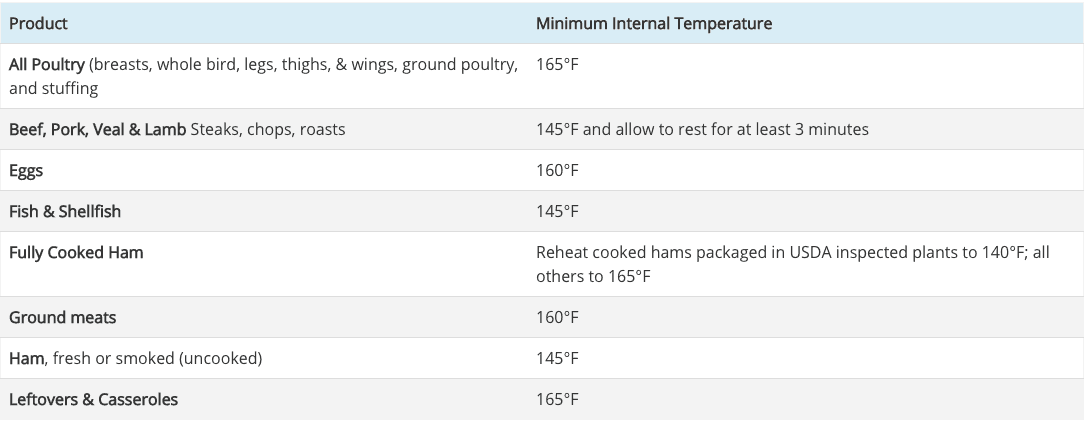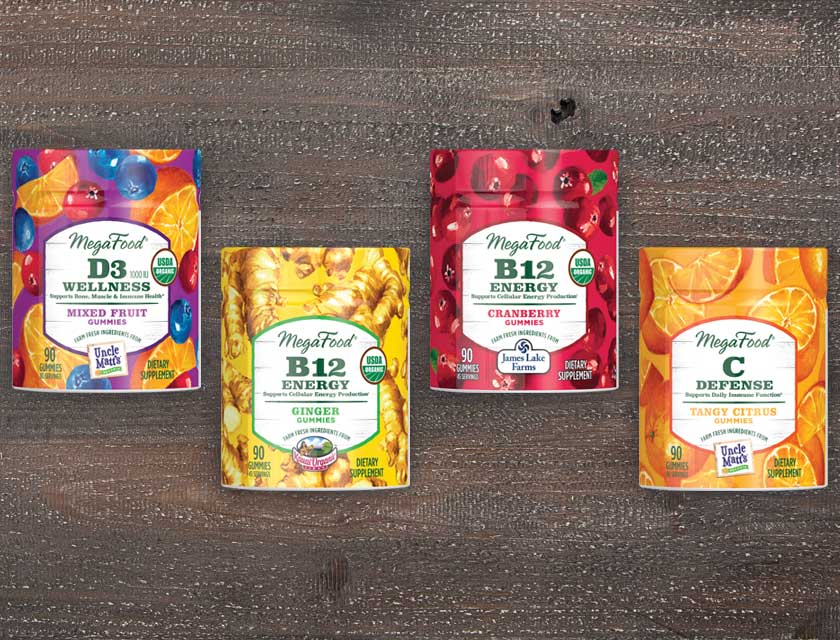
MegaFood’s new gummies are made without high-fructose corn syrup, gelatin, added flavors, colors or preservatives—at all! They’re also vegan and free of gluten, dairy and soy. But what’s not missing at all is
flavor, that’s because all their gummies are made with a special
Slo-Food Process™ that incorporates real fruits and vegetables. In fact, at MegaFood, they use over 500,000 pounds of fresh fruit and veggies a year in their supplements from trusted farm partners.
Each of MegaFood’s new gummies has two grams or less of sugar and all have bold and uniquely tasty flavors. And if you hold them up to the light—you can see specks of those real healthy fruits they’re made of!
D3 Wellness – Supports Bone, Muscle & Immune Health*
Combining fresh Florida oranges, sweet Quebec blueberries, tangy Wisconsin cranberries and spicy Kauai ginger together in one gummy? Yep. MegaFoods did that in their Mixed Fruit D3 gummies. The result of this delicious combination is a bold fruity start with a light ginger finish.
B12 Energy – Supports Cellular Energy Production*
These B12 gummies come in two taste-bud stimulating flavors, cranberry and ginger. Delightfully zingy and tangy, they might just become you’re new favorite afternoon pick-me-up.
C Defences – Supports Daily Immune Function*
Mmm … you’ll feel like you took a bite of a fresh organic orange when you try the Tangy Citrus flavor of this vitamin C gummy.
Did you know? Nearly half the population (40%) has a hard time swallowing pills—but there’s nothing hard to swallow about MegaFood’s new line of gummies.
*These statements have not been evaluated by the Food and Drug Administration. These products are not intended to diagnose, treat, cure, or prevent any disease.
 MegaFood’s new gummies are made without high-fructose corn syrup, gelatin, added flavors, colors or preservatives—at all! They’re also vegan and free of gluten, dairy and soy. But what’s not missing at all is flavor, that’s because all their gummies are made with a special Slo-Food Process™ that incorporates real fruits and vegetables. In fact, at MegaFood, they use over 500,000 pounds of fresh fruit and veggies a year in their supplements from trusted farm partners.
Each of MegaFood’s new gummies has two grams or less of sugar and all have bold and uniquely tasty flavors. And if you hold them up to the light—you can see specks of those real healthy fruits they’re made of!
MegaFood’s new gummies are made without high-fructose corn syrup, gelatin, added flavors, colors or preservatives—at all! They’re also vegan and free of gluten, dairy and soy. But what’s not missing at all is flavor, that’s because all their gummies are made with a special Slo-Food Process™ that incorporates real fruits and vegetables. In fact, at MegaFood, they use over 500,000 pounds of fresh fruit and veggies a year in their supplements from trusted farm partners.
Each of MegaFood’s new gummies has two grams or less of sugar and all have bold and uniquely tasty flavors. And if you hold them up to the light—you can see specks of those real healthy fruits they’re made of!
 MegaFood’s new gummies are made without high-fructose corn syrup, gelatin, added flavors, colors or preservatives—at all! They’re also vegan and free of gluten, dairy and soy. But what’s not missing at all is flavor, that’s because all their gummies are made with a special Slo-Food Process™ that incorporates real fruits and vegetables. In fact, at MegaFood, they use over 500,000 pounds of fresh fruit and veggies a year in their supplements from trusted farm partners.
Each of MegaFood’s new gummies has two grams or less of sugar and all have bold and uniquely tasty flavors. And if you hold them up to the light—you can see specks of those real healthy fruits they’re made of!
MegaFood’s new gummies are made without high-fructose corn syrup, gelatin, added flavors, colors or preservatives—at all! They’re also vegan and free of gluten, dairy and soy. But what’s not missing at all is flavor, that’s because all their gummies are made with a special Slo-Food Process™ that incorporates real fruits and vegetables. In fact, at MegaFood, they use over 500,000 pounds of fresh fruit and veggies a year in their supplements from trusted farm partners.
Each of MegaFood’s new gummies has two grams or less of sugar and all have bold and uniquely tasty flavors. And if you hold them up to the light—you can see specks of those real healthy fruits they’re made of!





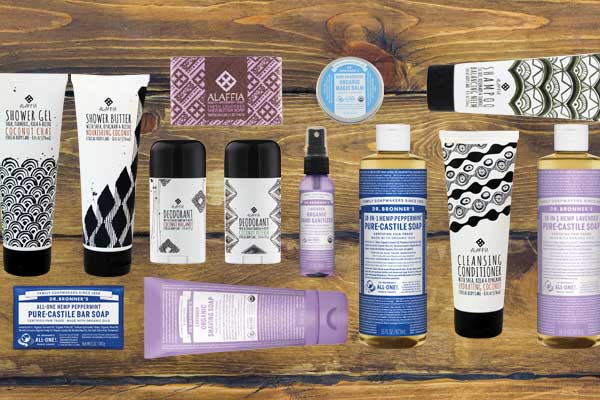
 If you’re looking for an easy-drinking summer wine, rosé is a crisp, lean, delicious and refreshing option that is easy to shop. Made all around the world, rosé is produced from a variety of red grapes with minimal contact from their grape skins, which results in the soft color.
If you’re looking for an easy-drinking summer wine, rosé is a crisp, lean, delicious and refreshing option that is easy to shop. Made all around the world, rosé is produced from a variety of red grapes with minimal contact from their grape skins, which results in the soft color.
 For the Lavender Syrup:
For the Lavender Syrup:
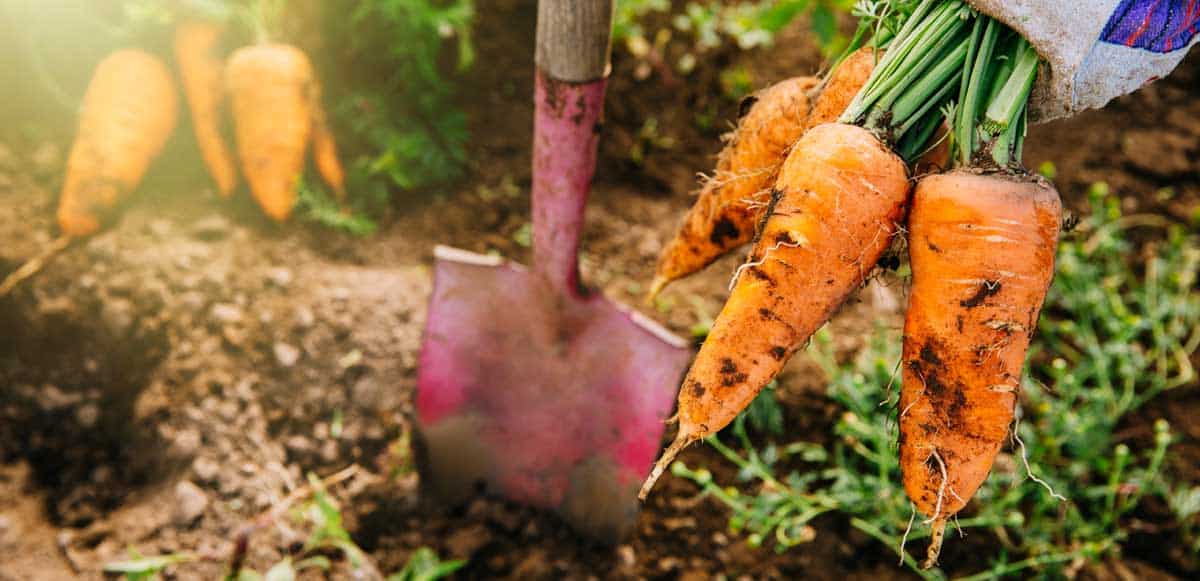
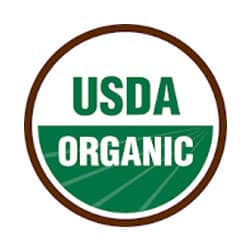
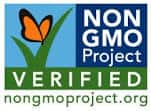
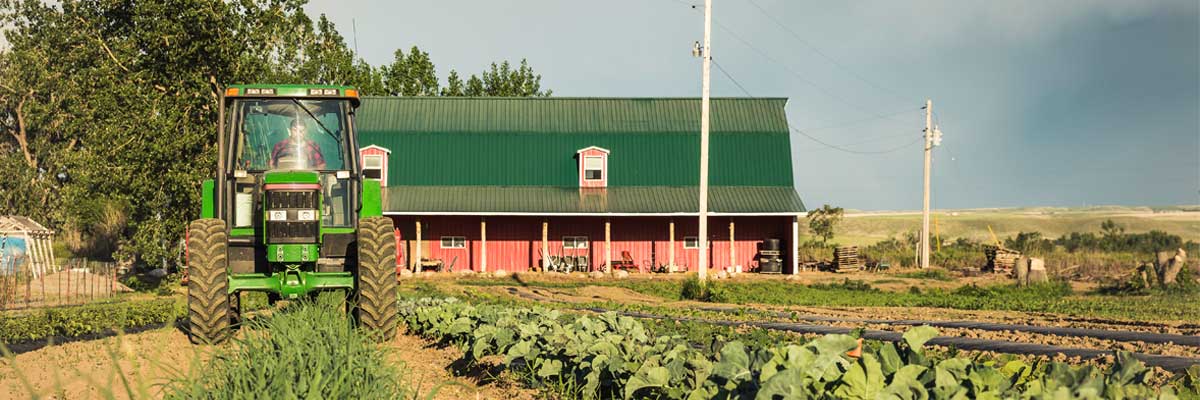 Whether you regularly shop organic, or looking to learn more, this article will shed some light on a variety of common and not-so-common logos you see on products you purchase at Sprouts. A product is deemed organic if it is free of synthetic additives including pesticides, chemical fertilizers and dyes. The USDA Organic logo has been in use for nearly two decades, but other logos are new and emerging. It’s an exciting time in the organic field!
Whether you regularly shop organic, or looking to learn more, this article will shed some light on a variety of common and not-so-common logos you see on products you purchase at Sprouts. A product is deemed organic if it is free of synthetic additives including pesticides, chemical fertilizers and dyes. The USDA Organic logo has been in use for nearly two decades, but other logos are new and emerging. It’s an exciting time in the organic field!

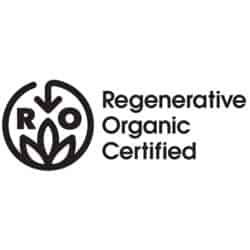



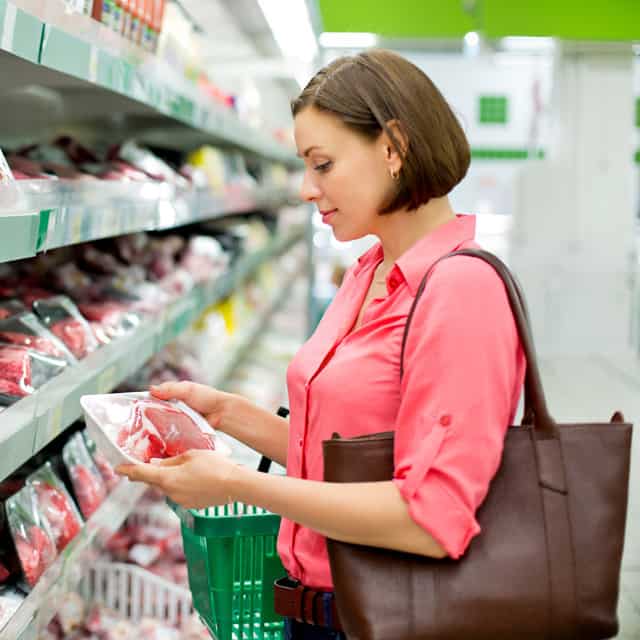 With the exception of infant formula, if the date passes during home storage, a product should still be safe and wholesome if handled properly until the time spoilage is obvious. Spoiled foods will develop an off odor, flavor or texture due to naturally occurring spoilage bacteria.
Spoilage bacteria cause foods to develop unpleasant characteristics, but do not cause illness. A change in the color of meat or poultry is not actually an indicator of spoilage.
Some state egg laws may require a “Sell-By” or “Expiration” date, but it is not a federal regulation.
Cans must exhibit a code or the date of canning, which is mainly used as a way to track the product. These codes are not meant for the consumer to interpret as a “Best if Used By” date. Cans that are dented, rusted or swollen should be discarded.
In an effort to reduce food waste, put your newer items in the back of your refrigerator or pantry. That way, older items will be front and center and you’ll be more likely to use them before they go bad. It’s important that consumers understand that food products are usually safe to consume past the date on the label. Evaluate the quality of your food products prior to eating, and discard if there are noticeable changes in wholesomeness.
NOTE: Do not buy or use baby formula after its “Use-By” date.
To learn more, check out Food Safety and Inspection Service’s
With the exception of infant formula, if the date passes during home storage, a product should still be safe and wholesome if handled properly until the time spoilage is obvious. Spoiled foods will develop an off odor, flavor or texture due to naturally occurring spoilage bacteria.
Spoilage bacteria cause foods to develop unpleasant characteristics, but do not cause illness. A change in the color of meat or poultry is not actually an indicator of spoilage.
Some state egg laws may require a “Sell-By” or “Expiration” date, but it is not a federal regulation.
Cans must exhibit a code or the date of canning, which is mainly used as a way to track the product. These codes are not meant for the consumer to interpret as a “Best if Used By” date. Cans that are dented, rusted or swollen should be discarded.
In an effort to reduce food waste, put your newer items in the back of your refrigerator or pantry. That way, older items will be front and center and you’ll be more likely to use them before they go bad. It’s important that consumers understand that food products are usually safe to consume past the date on the label. Evaluate the quality of your food products prior to eating, and discard if there are noticeable changes in wholesomeness.
NOTE: Do not buy or use baby formula after its “Use-By” date.
To learn more, check out Food Safety and Inspection Service’s 